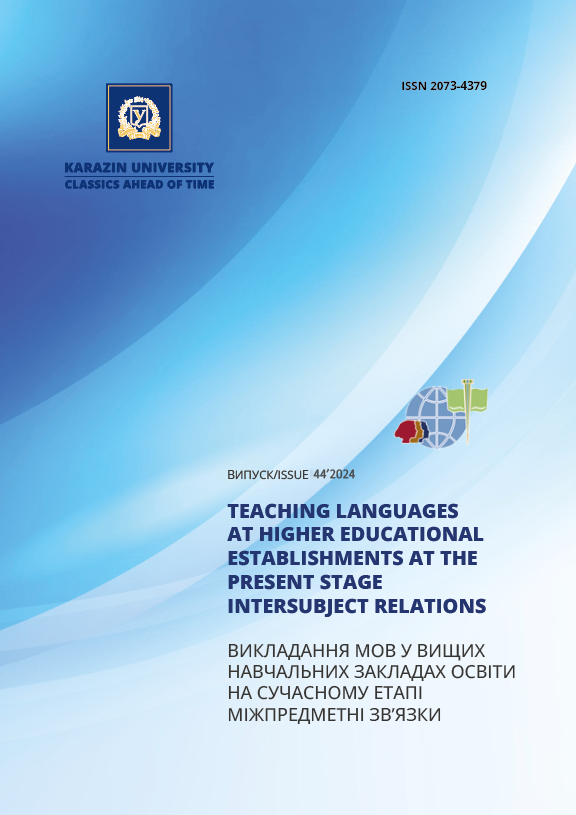The problem of teaching speech activities in a foreign language to international law students
Abstract
The article explores the challenges and methodologies involved in teaching speech activities in English to students specializing in International Law at the School of Law. Theproblems are further complicated by the conditions of distance learning, which, on the one hand, exacerbate the teaching process, but on the other hand, offer facilitation as distance learning, by its nature, enhances interaction between students and teachers, granting flexibility in terms of both spatial and temporal dimensions. Among the many means of communication utilized, Zoom stands out as a prominent service for organizing online classes. The key factor in optimizing language skills is the use of a student-centered model. The current level of development of students’ speaking skills in the target language does not meet modern educational requirements, which emphasizes the relevance of this issue. In the era of globalization, the main goal of teaching English is not just to master the language system or gain linguistic knowledge, but to master it as a means ofcommunication. Creating favorable conditions for the development of students’ communicative skills in a foreign language is one of the main tasks of the teacher. By recreating circumstances that are similar to those when native speakers acquire native language skills, students can immerse themselves in a similar environment, and this will contribute to the effective development of their speech skills.
Law students specializing in international law should have the communicative competence that will allow them to communicate effectively with both native speakers and people who use the language as a communication tool. In the absence of a natural language environment, teachers should build the educational process in accordance with a reasonably constructed model of educational and professional communication. A prerequisite for the creative use of the acquired language and speech material is communicative orientation in the process of teaching a foreign language.
Downloads
References
Kuharenko, V.M., Bondarenko, V.V. (2020). Ekstrene dystantsiine navchannia v Ukraini [Emergency distance learning in Ukraine]. Kharkiv: Miska drukarnia [in Ukrainian].
Bygate, M. (2001). Effects of task repetition on the structure and control of language. In: M. Bygate, P. Skehan, M. Swain (Eds). Task based learning: Language Teaching, Learning and Assessment. London: Longman, pp. 23-48.
Gee, J.P. (2007). Pleasure, learning, video games and life: The projective stance. In: M. Knobel, С. Lankshvar (Eds.). A New Literacy Studies Sampler. New York: Peter Lang, pp. 95-114. DOI: https://doi.org/10.2304/elea.2005.2.3.2
Lynch, T. (2007). Learning from the transcripts of an oral communication task. ELT Journal. Oxford: Oxford University Press, No. 61/4, pp. 311-320. DOI: https://doi.org/10.1093/elt/ccm050
Perakylia, A. (2004). Conversation analysis. In: Y. Gianpietro Gobo, C. Seale, D. Sieveman (Eds.). Qualitative Research Practice. London: Sage, pp. 165-179.
Widdowson, H. (1989). Knowledge of Language and Ability for Use. Applied linguistics. 10/2, pp. 128-37.

